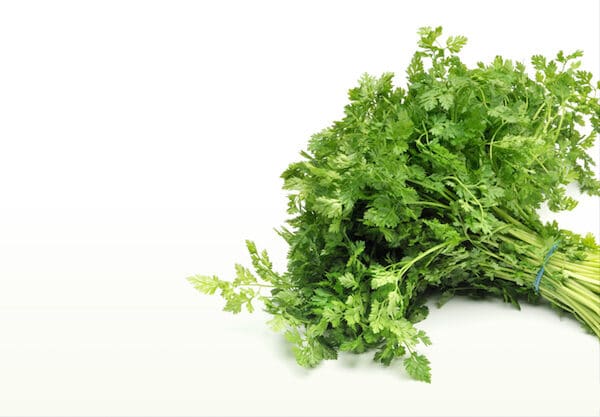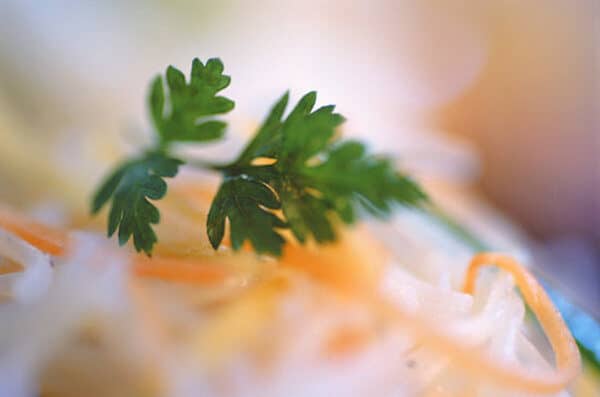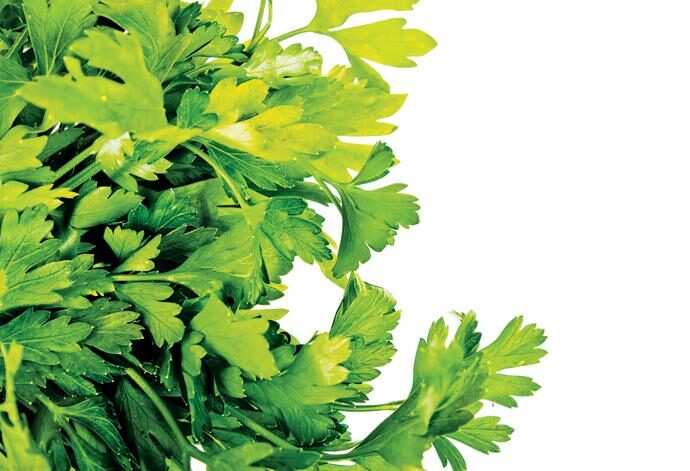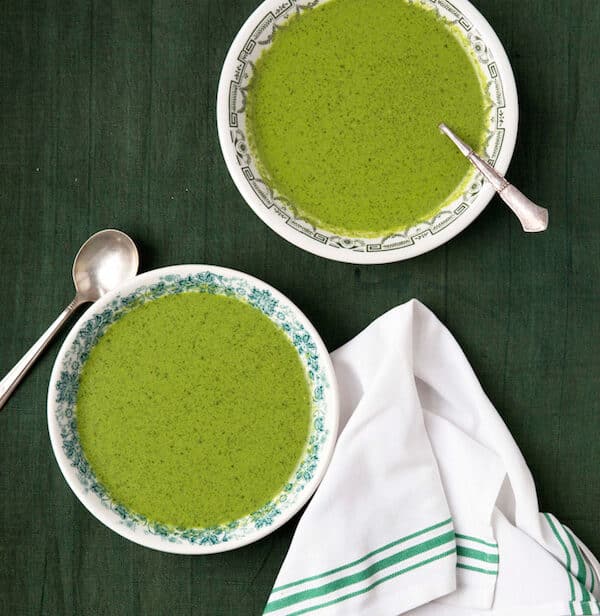
09 Jan Learn About… Chervil
“Learn About…” is a recurring post where we’ll look at lesser known herbs, greens, etc., and discuss their origin, health benefits, and everything in between!

If you’re a fan of French cuisine, then Chervil, or Anthriscus cerefolium, is an herb that you are more familiar with than you know.
Its uncanny resemblance to flat-leaf parsley may have led you to mistaken it as chervil’s close cousin, but like parsley, it holds its own in the culinary world.
Chervil originates in the Caucasus, a region at the border of Europe and Asia, situated between the Black and the Caspian seas. Having said that, though, there is very little recorded history of its use.

Just a taste
It has a mild flavor with liquorice notes, and is a member of the parsley family, which comes to no surprise consider how much it resembles flat-leaf parsley.
The annual herb carries a mild flavor, delicate and light with a hint of liquorice or aniseed. Like parsley, the entire plant can be used. It should be used alongside other mild flavors where its own would not be overpowered.
Chervil is most commonly used in French cooking, and like tarragon, chives, and parsley, it is indispensable to the cuisine. Because of this, you’ll often see chervil in some of the most classical French dishes.
It is the star of béarnaise sauce, a variation of the hollandaise, most traditionally used on steak. On top of adorning steak, chervil also wonderfully enhances other mild-flavored foods like white fish, chicken, eggs, and more.
Be careful not to add chervil too early in your dish, though; it will surely wilt. Best practice is to add this fine herb at the last minute.

On your own
Want to grow your own? Despite the fact that chervil is delicate in flavor and demands your care from the moment you purchase them from the grocery store (chervil is prone to quickly lose flavor and wilt), it’s actually quite easy to grow.
Chervil loves shade, so the cooler months in late spring or late summer are perfect. They also love moisture, so this is one of those plants that you have to worry less about overwatering. In fact, once the seeds have germinated, you’ll want to keep the plants well watered.
It’s one of the best herbs to be grown indoors as chervil doesn’t need as much sun as most other herb plants do.
Putting it to use

Image via Saveur / Ingalls Photography
Kerbelsuppe (Cream of Chervil Soup)
From Saveur
Ingredients
6 oz. fresh chervil, stems and leaves separated
3½ cups chicken stock
½ cups heavy cream
2 egg yolks
Kosher salt and freshly ground black pepper, to taste
Instructions
Bring chervil stems and stock to a simmer in a 4-qt. saucepan over medium-high heat; simmer, covered, until stems are tender, 8–10 minutes. Strain stock, discarding stems; return to pan and keep warm. Purée chervil leaves, cream, parsley, yolks, salt, and pepper in a food processor until smooth; transfer to a bowl. Whisk 1 cup broth into yolk mixture, then slowly whisk into remaining broth until smooth.

How about trying out a béarnaise recipe, as led by Martha Stewart and the legends Chef Jacque Pepin and Julia Child?

Chervil is really easy to grow in an Urban Cultivator unit, and takes only three weeks to grow. Guided by the automatic watering and lighting, you’ll be able to eat chervil anytime of the year.
What’s your favorite thing about chervil? Which is your favorite chervil recipe? Let us know in the comments section!

